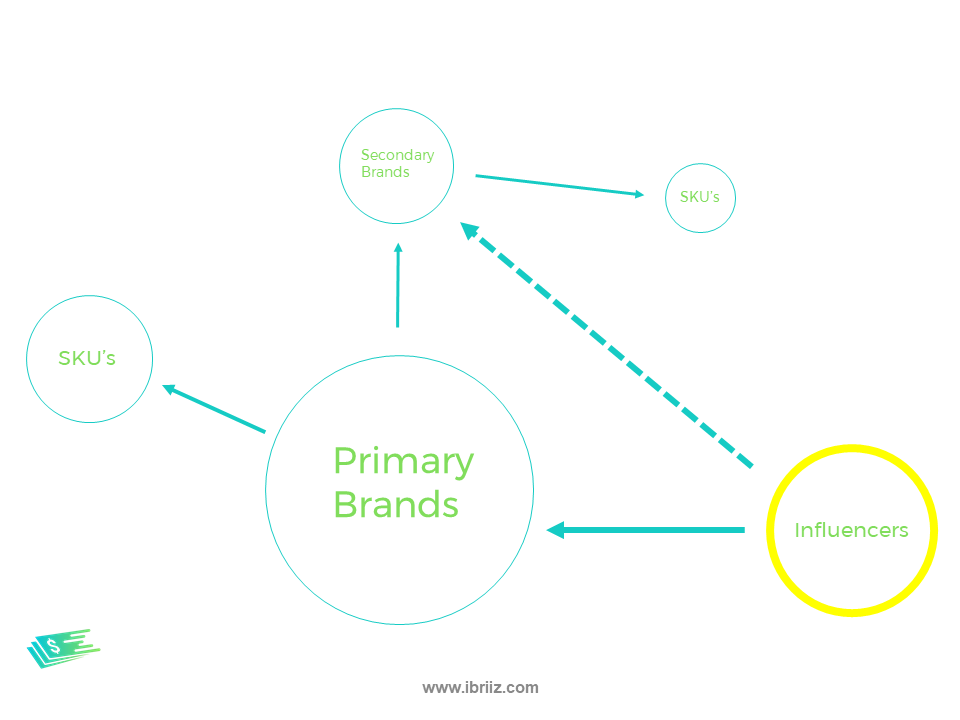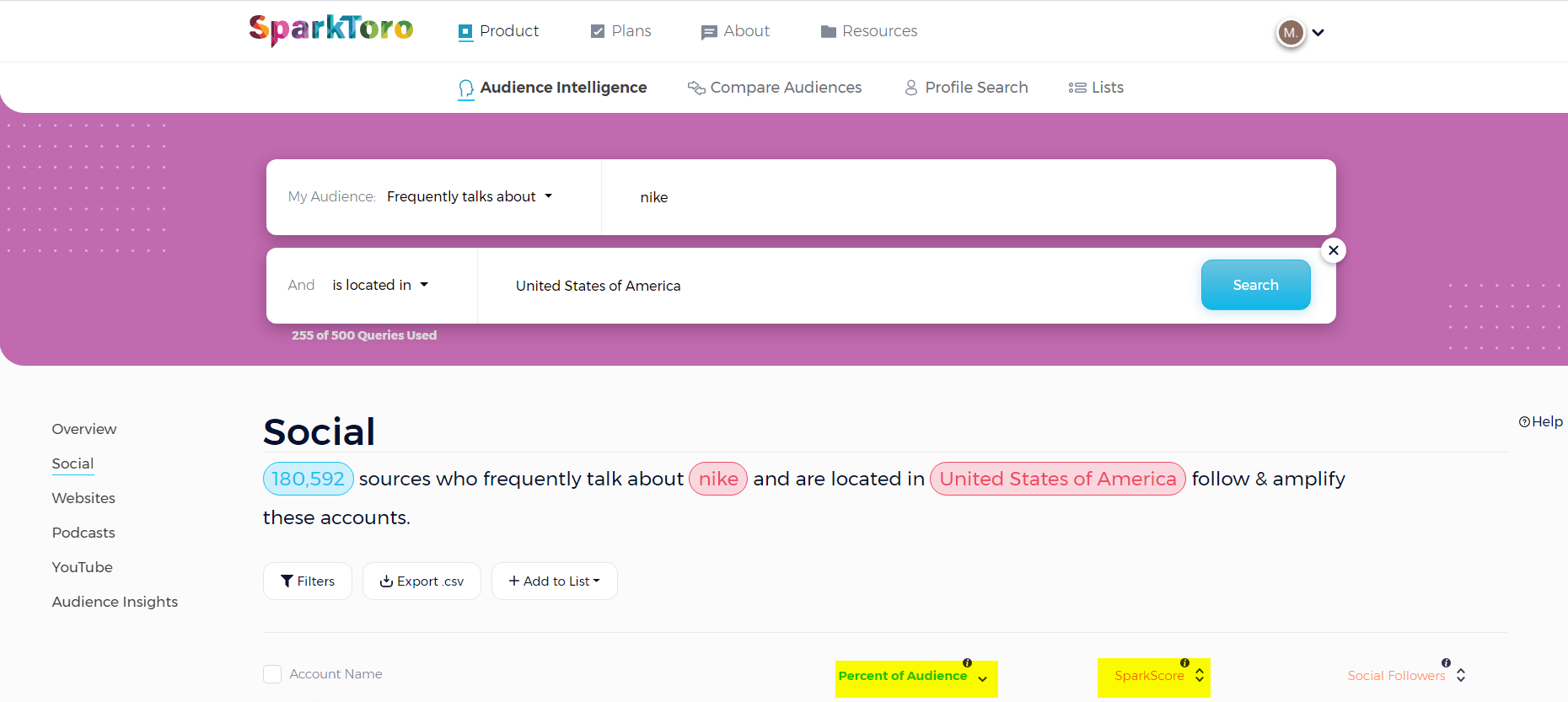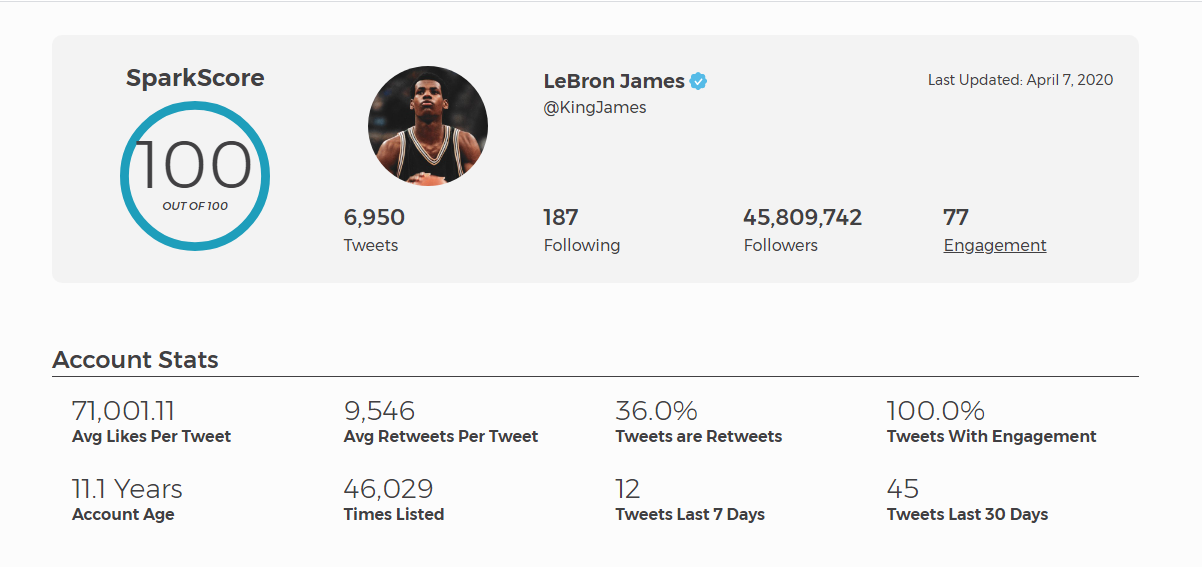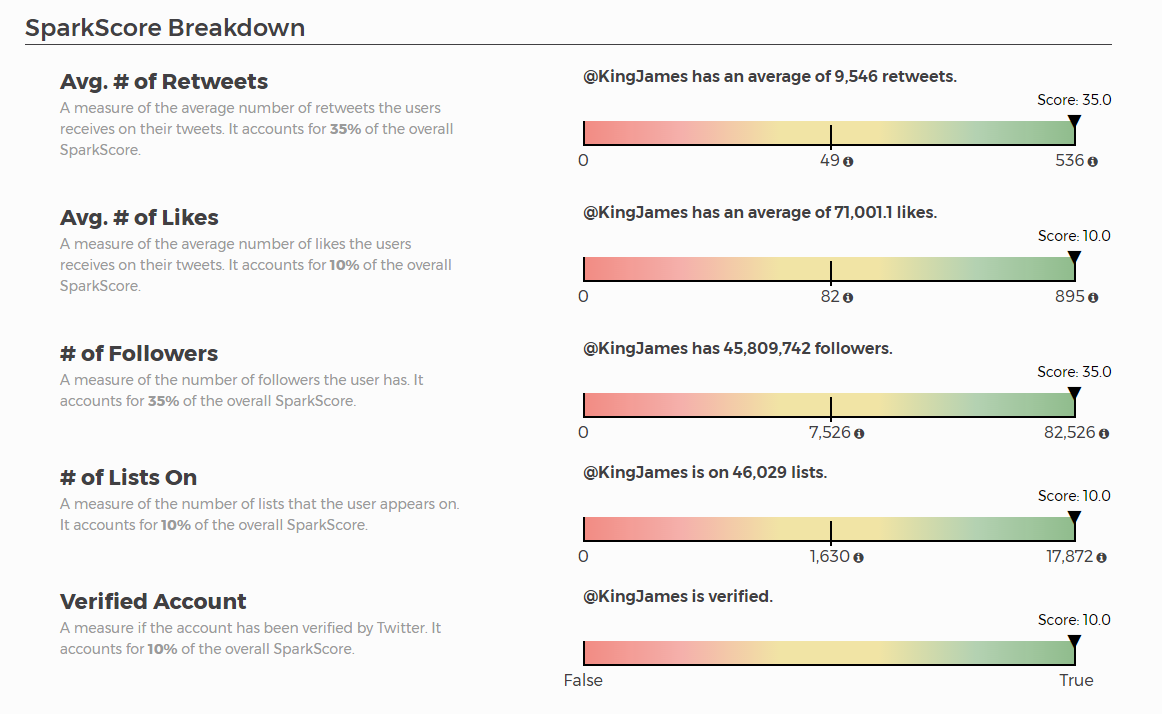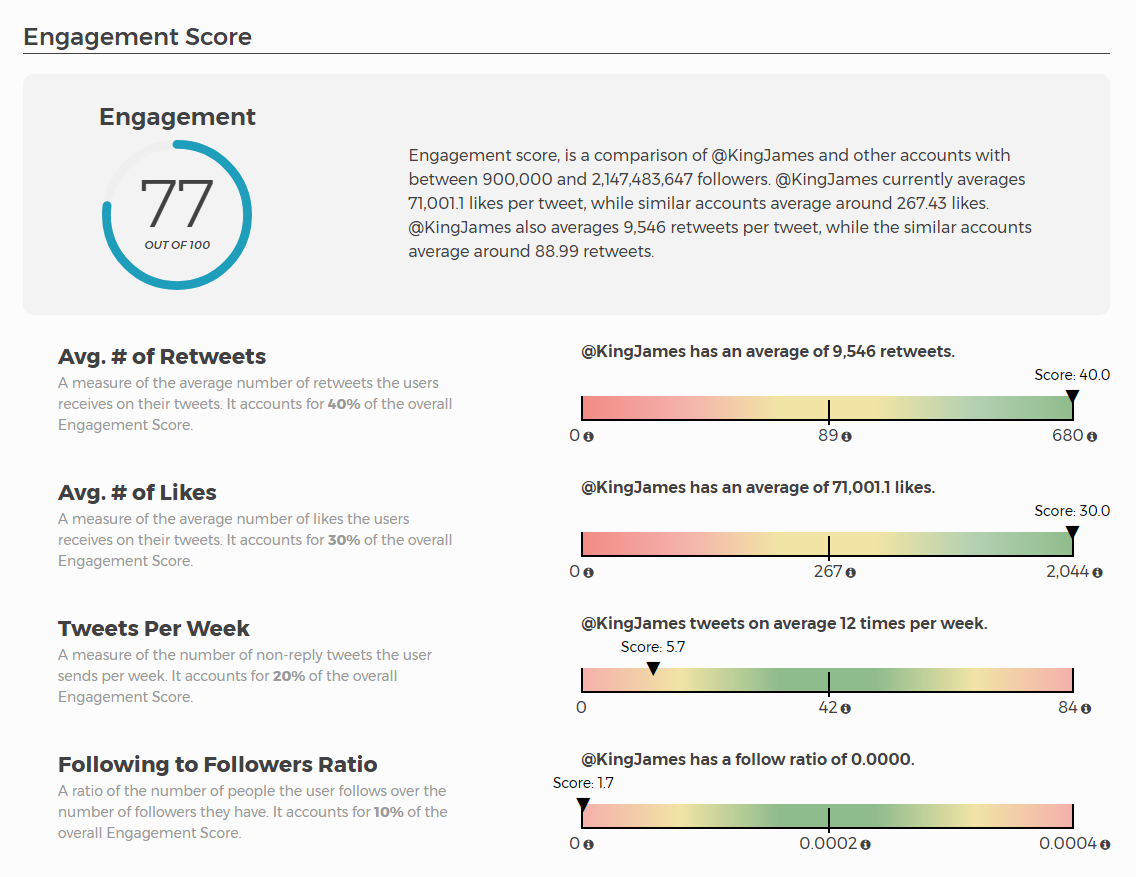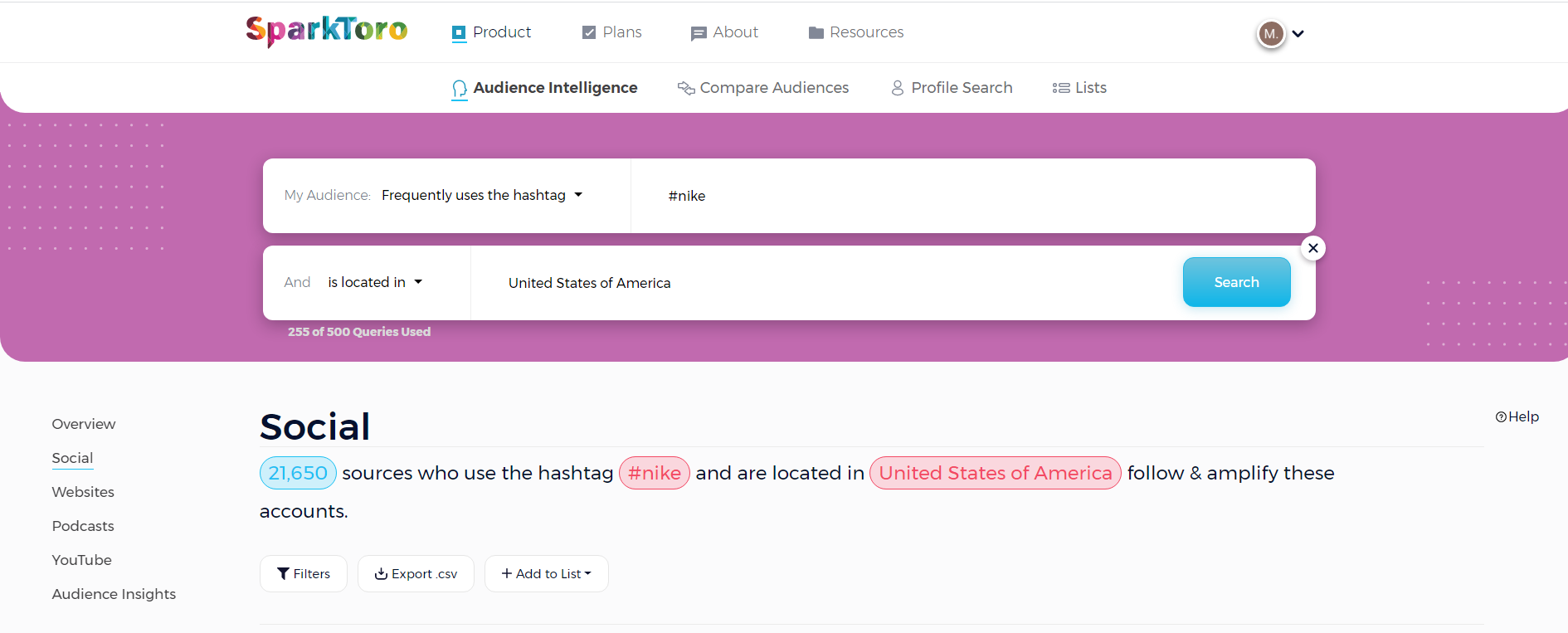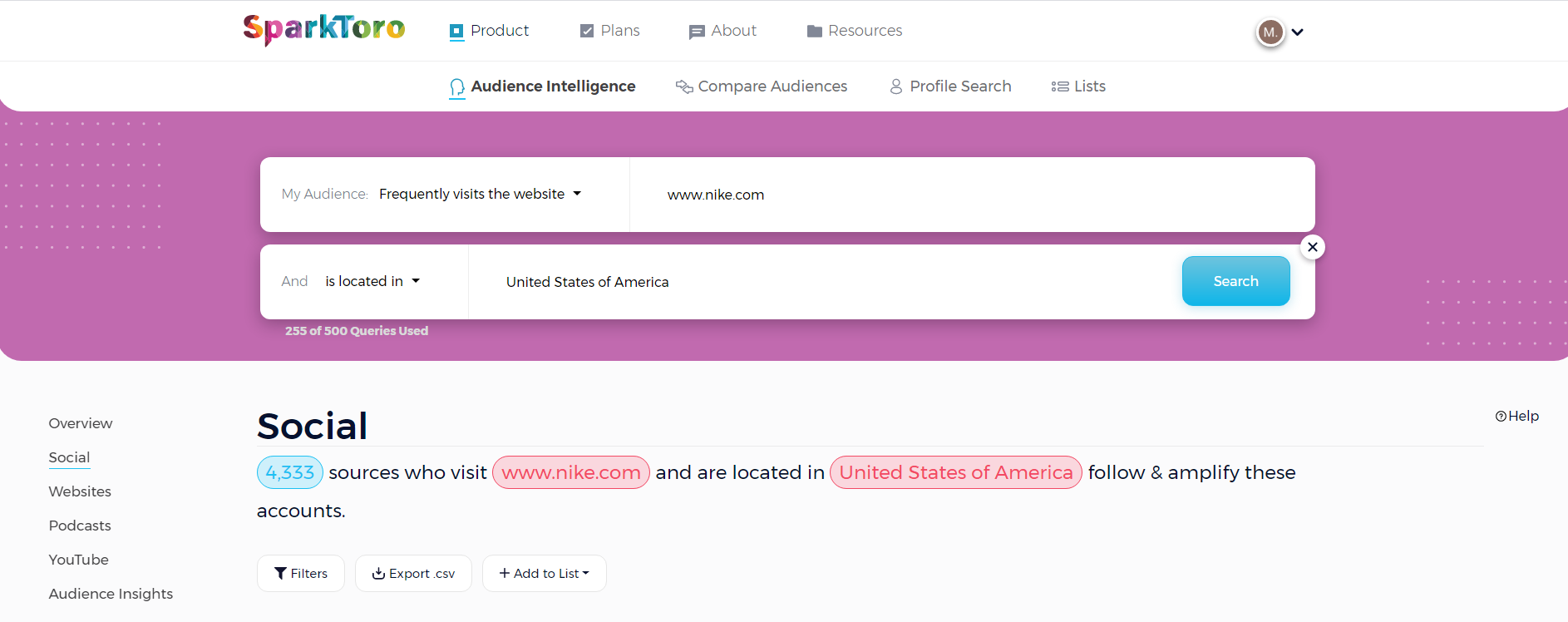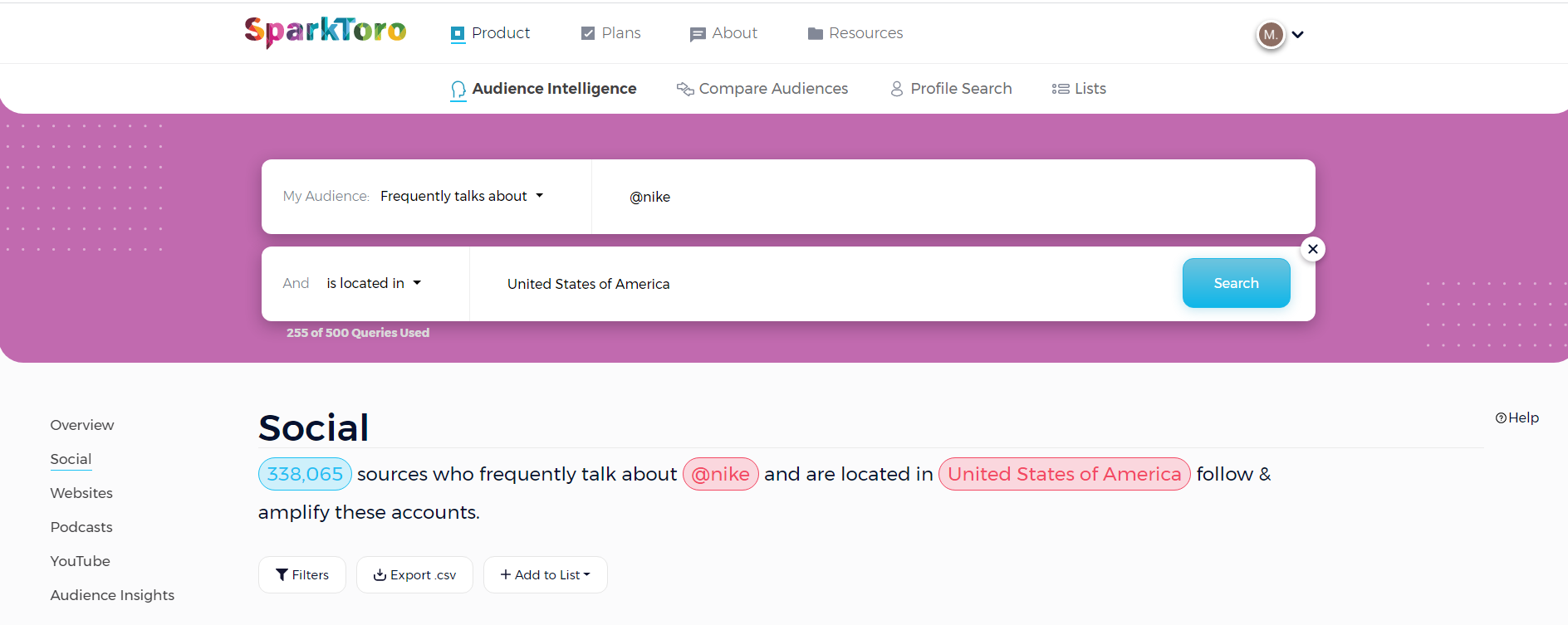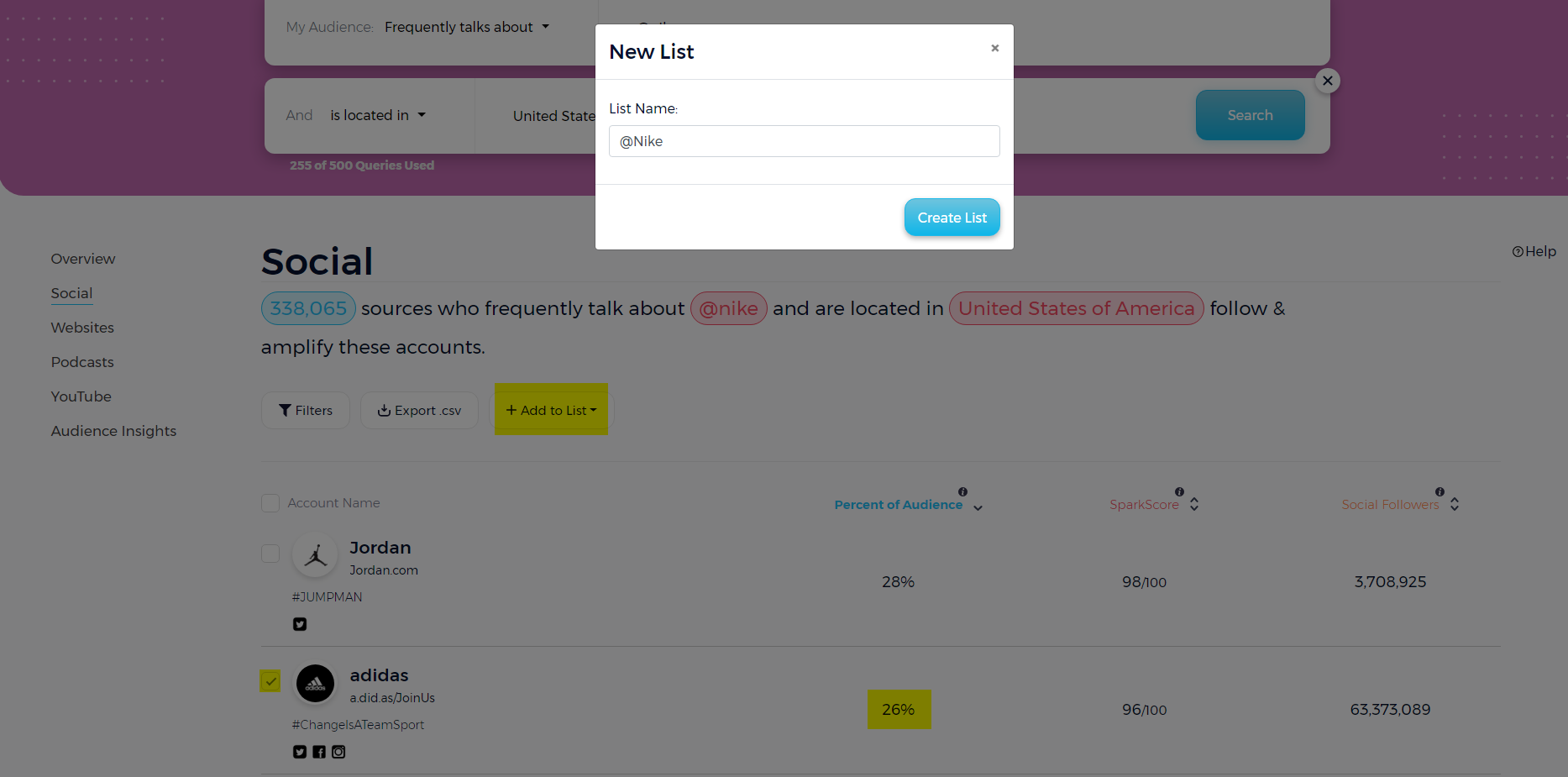I developed a method for identifying which brands we should target in order to attract and retain initial users—for our marketplace mobile app.
Identifying which side to target first: supply or demand?
Ibriiz is a demand-sided marketplace, and creating demand is the key to long-term success. As we create more demand, we'll be able to bring more, and better, deals to the app. However, in the short-term, it's critical to pay attention to what made the biggest marketplace companies successful, like Amazon and eBay. They focused on the supply side first, even though the branding and products were low quality. This early supply is what drove early demand. This made it clear to me that we needed to pursue the supply-side first. However, my process of identifying brands (supply-side) and influencers (demand-side) was based purely on assumptions. I needed a data-backed process. Enter SparkToro.
Using the latest tools to optimize market research
In March 2018, before Ibriiz was even an idea, I subscribed for early access to SparkToro, an audience research tool.
Two years later, long after forgetting that I signed up, I received my invite.
Two years later, long after forgetting that I signed up, I received my invite.
Using SparkToro to Identify What Brands to Target
(FYI, I paid for my subscription.)
I began by creating an initial list of brands I assumed, based on various factors, that we wanted to target for partnerships. For each brand on my list, I ran four different searches to identify the influencers followed by our target audience, the consumers who would buy the products of brands that we wanted to partner with.
- My audience "frequently talks about" [brand]
- My audience "frequently uses the hashtag" [brand hashtag(s)]
- My audience "frequently uses the hashtag" [brand hashtag(s)]
- My audience "frequently talks about" [brand username on twitter]
This type of search capability is exactly what I needed to measure the impact of influencers, and not just identify the influencers themselves. I also needed to demonstrate how these specific influencers tied back to the brands we want to target. I plan to use this data to convince brands of why the demand I am creating has a high probability of being directly beneficial to them. In short, the influencers we partner with would have followers who are already interested in their brand.
One of the brands we want to work with is Nike, so I'll use them as an example.
First search: My audience "frequently talks about" Nike
I made sure to select the "United States of America" as the location for my audience. Because we're launching in the US.
The results were 180,592 sources, who frequently talk about Nike and are located in the United States of America. They all follow and amplify the list of social media accounts generated. Keep in mind, the SparkToro database has around 70 million profiles, so it doesn't include every social media user on the planet. As the database grows, it will become more powerful as a research tool.
The percent-of-audience column shows how many people in SparkToro's database mention your search term on one or more of 10 networks (Facebook, Github, Instagram, Linkedin, Medium, Pinterest, Reddit, Twitter, Vimeo, YouTube). This was the high-value data I was looking for. The proprietary Sparkscore is useful because it grades the relative engagement a social account receives compared to its size. This means that it estimates the amount of followers a social account will reach when it posts on that account.
It's worth remembering that the engagement rate is more important than reach alone.
The tool provides a detailed breakdown of how it is calculated for each profile you highlight.
It's worth keeping in mind that the engagement rate is more important than reach alone. SparkToro also calculates an engagement score. Along with the SparkScore, this can be used to rank selected influencers.
Second search: My audience "frequently uses the hashtag" #Nike
Third search: My audience "Frequently visits the website" www.nike.com
Fourth search: My audience "Frequently follows the account" @Nike
This fourth search was critical because people often use a brand's social media handle when mentioning the brand in posts.
Once I gathered the data, I cleaned it and performed an analysis for each brand we want to target, which I won't detail in this post. The results were magnificent. There were influencers who ranked high, and who you would expect to rank high because, for example, they are athletes sponsored by that brand. However, I also found influencers ranking even higher than some of those sponsored athletes, who never would have crossed my mind as ideal partners for Ibriiz.
The next step for me was to identify other brands that my audience was also interested in, so that I could curate a secondary list of brands to target. I was able to quickly create lists of these adjacent brands. I used this data to create a graph of primary and secondary brands to target.
It'll be really helpful once there was a column for sentiment analysis (I understand that's pretty hard to implement right now, technically and or financially). I had to assume whether the audiences had a positive or negative opinion of Nike. A sentiment analysis column would provide more certainty when identifying which influencers to work with and what other brands Nike's audience is also interested in.
With this data in hand, I was able to formulate a data-backed method for identifying brands to target so that Ibriiz can attract and retain initial users, for as long as possible.

